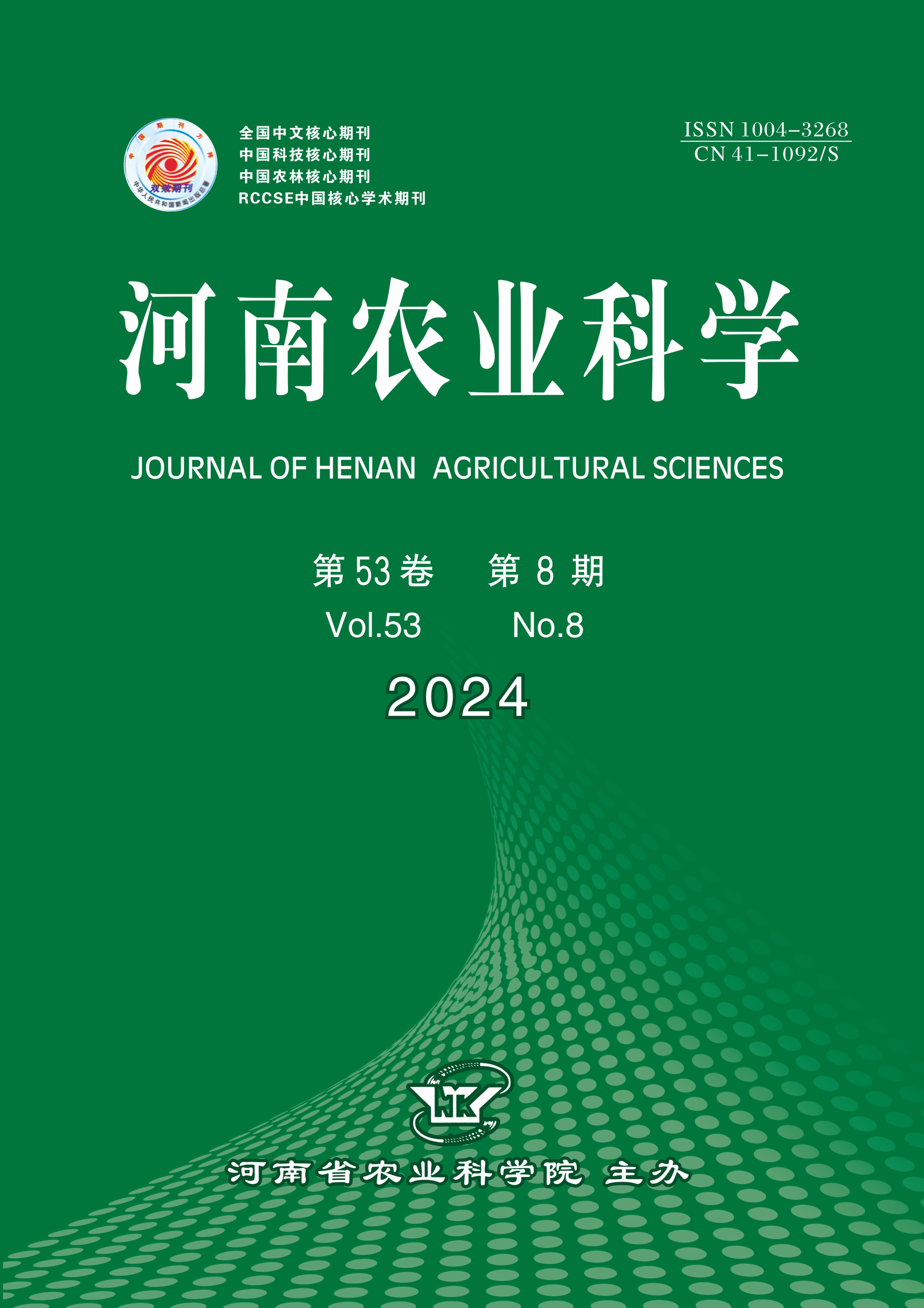-
Effects of Intercropping of Different Genotypes of Maize on Stomatal Characteristics and Yield
- LI Fangjie, CHANG Zhijie, SHI Dakun, WEI Xiaoyi, WEI Feng, HONG Defeng, MA Junfeng, ZHENG Qiudao
-
2024, 53(8):
21-29.
DOI: 10.15933/j.cnki.1004-3268.2024.08.003
-
 Asbtract
(
)
Asbtract
(
)
 PDF (4751KB)
(
)
PDF (4751KB)
(
)
-
References |
Related Articles |
Metrics
Using four maize varieties[Weiyu 618(WY618),MY73,Yudan 9953(YD9953)and Zhengdan 958(ZD958)]as materials,four single cropping treatments and three intercropping treatments were set up to study the effects of intercropping of different genotypes of maize on stomatal characteristics,spatial layout and yield of maize,so as to provide theoretical basis for increasing maize yield by intercropping of different genotypes of maize from the perspective of stomata.The results showed that maize yield could be improved by intercropping with different genotypes of maize.For WY618 intercropping with MY73 and ZD958,the yield of WY618 significantly increased by 9.41% and 12.94% compared with WY618 single cropping,respectively,and WY618 had more yield advantage.The land equivalent ratio of WY618 intercropping with ZD958 was 1.08,the intercropping advantage was the most obvious,followed by WY618 intercropping with MY73.Maize intercropping could improve the stomatal density,length,width,circumference,area and shape index in the paraxial and abaxial planes of leaves,and make stomatal spatial layout more regular and rational.The density,width and area of stomata in the distal axial plane of leaves were significantly positively correlated with yield.In conclusion,maize intercropping with different genotypes of maize can improve the stomatal characteristics and spatial layout in leaves,which is conducive to the increase of maize yield.
